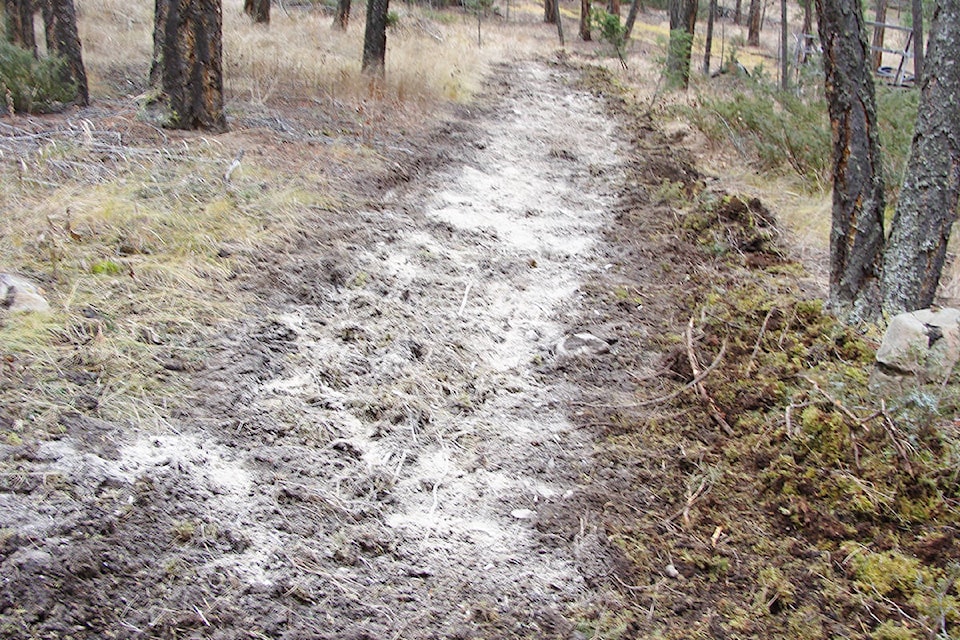After attending the two-day soils course at Thompson Rivers University (TRU), I was encouraged that we are on the right track for improving the health of our soils in the province.
While most of the discussions were about growing food crops, the one forestry-related example supports the theme of the conference, which involved building soil health through some basic principles of improving soil biodiversity and carbon content, as well as a new concept for me, which was increasing the days of harvesting sunlight. Dr. Lauchlan Fraser discussed a silvopasture experiment near Kelowna where one of the licensees promoted the establishment of pasture strips in a 40-year-old pine stand. Trees were harvested at various widths and orientations and later planted with grass. Opening up the stand would hopefully improve the size of the trees along the edge, as well as increase the overall biodiversity and productivity of a more open forest. Since the project is at the very early stages, not much information was available on the results of the work.
Another way to improve forest productivity is through introducing forages into the open spaces of interior Douglas Fir forests. The attached picture shows some areas I have tilled and seeded with a grass legume mix, which I hope will improve the productivity of the native pine grass. I am also planning on adding a mixture of biochar and compost to the planted areas.
There was a relatively good attendance at the TRU conference even though we were still in the middle of cold snap. The impressive list of speakers no doubt encouraged the people to come out. The success of the conference was due the hard work of the organizing committee and volunteers who assembled a wide variety of people representing many facets of the agriculture community. Dr. Kris Nichols lived up to her reputation as a leader in principles and practices of regenerating soils through her relaxed teaching style and ability to answer questions and guide the discussions.
While the main speakers were from out of town (Arizona, in the case of Dr. Nichols), we had the opportunity to see what was going on in our area when two panels of local practitioners discussed what they have been involved with.
It was not a surprise that most of the speakers discussed the need to move away from the industrial approach to food production to one that promotes quality of food rather than just quantity of increasingly lower-quality products.
One of the last speakers was Kristelle Harper, whose family owns Circle H Farms in southern Manitoba. She described in detail how they are using animals as a management tool to regenerate their soils. Through a carefully managed rotational grazing system, they have made a significant improvement in their grass-fed and finished beef along with breeding stock operation. They even manage to keep some noxious weeds in check with grazing rather than using herbicides. They have created the luxury of having more feed than they can use with their own stock, so they do custom grazing for the neighbours. Kristelle was a good example of the younger generation taking on the role of land stewards that demonstrate how to regenerate the land they farm on. As stated in her biography, she believes that healthy soils create healthy animals and healthy people.
Since my last article on biochar, I found a very good resource entitled “Biochar Manual for Small Farms in B.C. “
By Jim Hilton. a professional agrologist and forester who has lived and worked in the Cariboo-Chilcotin for 40 years. Now retired, he volunteers with community forests organizations.
READ MORE: Forestry Ink: Developing a local market for biochar
editor@quesnelobserver.com
Like us on Facebook and follow us on Twitter
